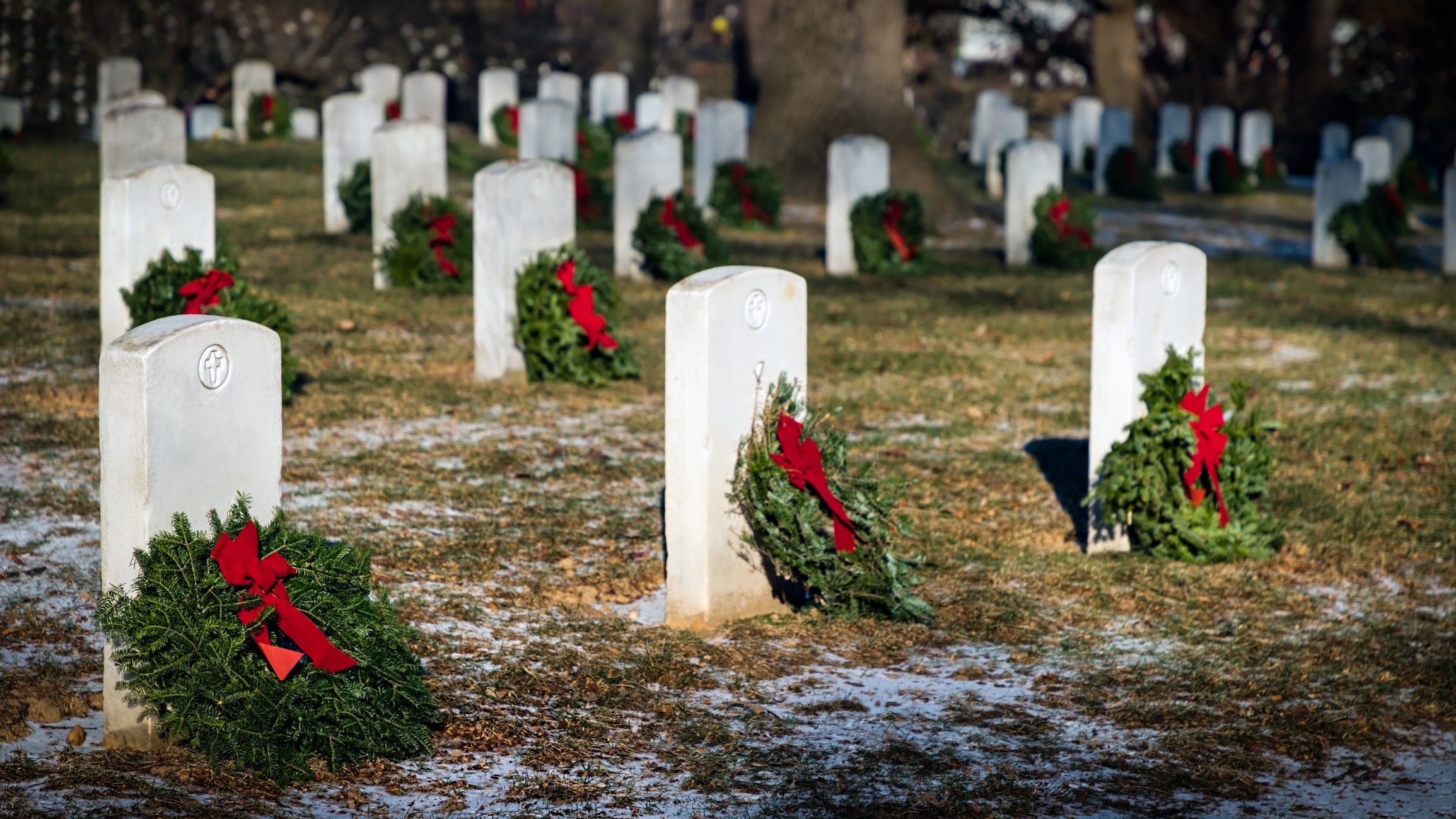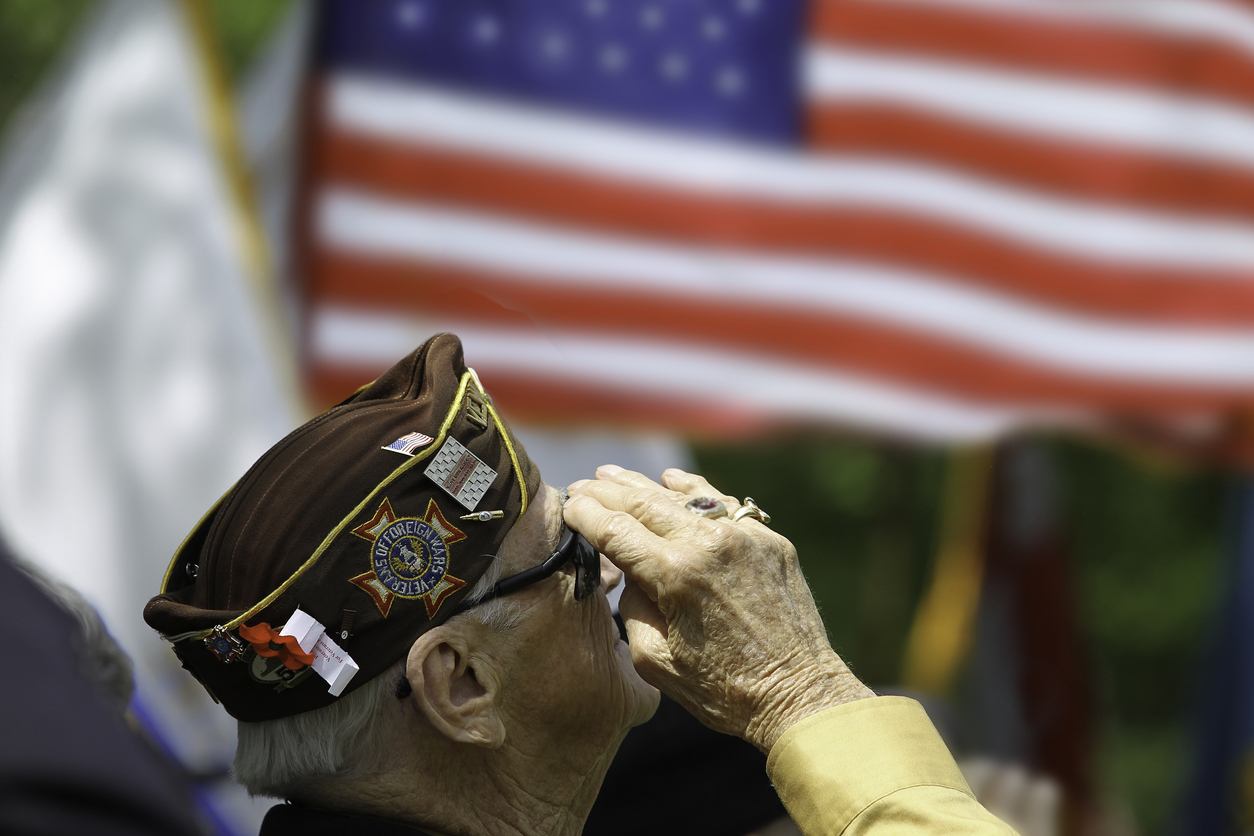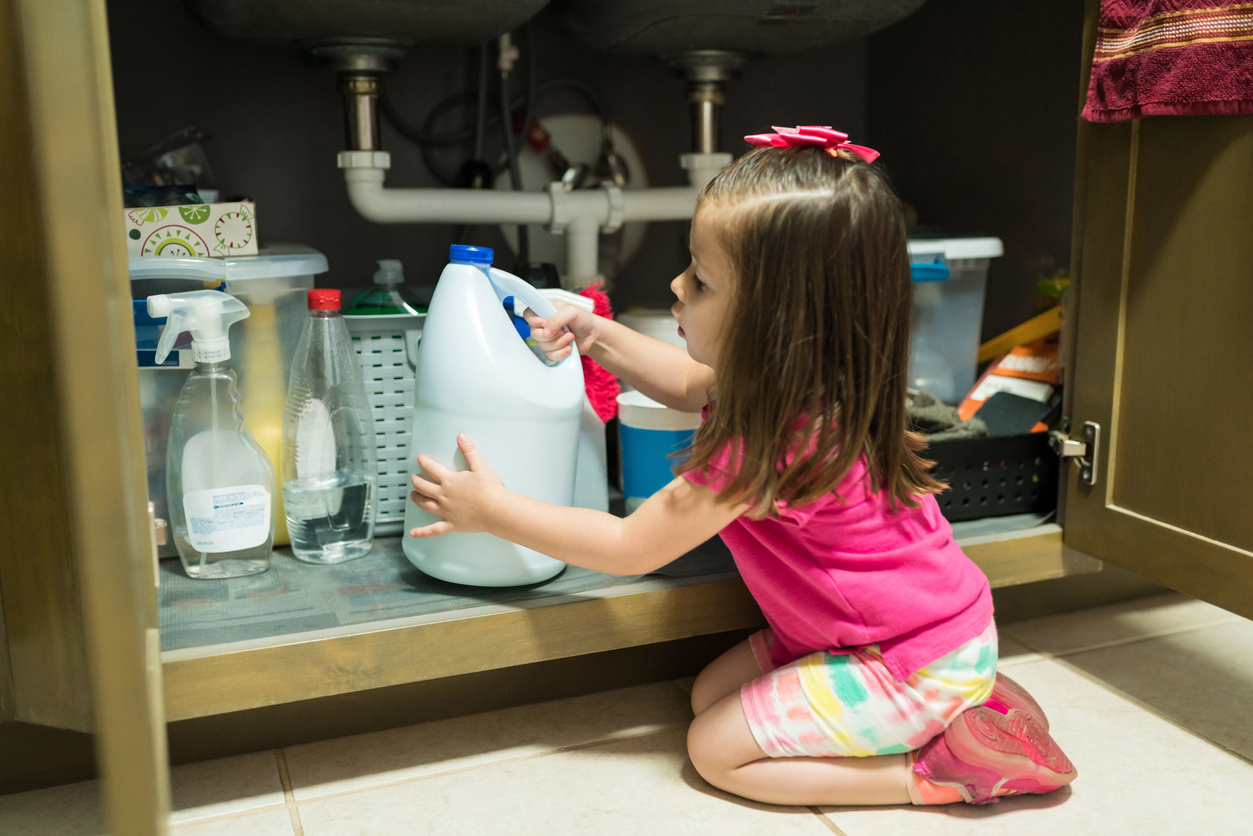Business Health
Business owners have so much more to think about than just what they sell or provide and how much to charge. While owning a business is gratifying and empowering, your business can be vulnerable. “There are over seven million small businesses in the U.S., ranging from construction firms to grocery stores to home-based businesses. All have one thing in common: Without the right insurance coverage, each could be wiped out by a disaster or a lawsuit” (Insurance Information Institute).
Burglary and theft are the most common small-business insurance claims (“Fit Small Business”). Since lighting is a strong deterrent to burglary, be sure you have adequate indoor and outdoor lighting. Be sure windows are not obstructed, and allow a clear view into the building. Unfortunately, outsiders are not the only ones business owners need to be concerned about. According to CNBC, employee theft costs American businesses approximately $50 billion annually.
To help prevent employee theft, business owners should restrict access to computer data, inventory, supplies, keys, and merchandise. It is also a good idea to maintain a rigid inventory tracking system, divide duties between employees to establish checks and balances, and periodically review your company’s theft-prevention tactics (“The Balance Small Business”).
Another concern for business owners is protecting the safety of customers and vendors. “As a business owner, you are responsible for the safety of any individual who enters your establishment, whether or not you own the premises'' (Business.com). To avoid what is commonly known as a “slip and fall” lawsuit, business owners are advised to avoid or notify customers of poor lighting, cluttered aisles, torn carpet, wet floors, or other spills indoors (Business.com). Outside, steps should be taken to remedy or notify customers or visitors of ice, snow, rain, cracked sidewalks, or any other spills, obstacles, or other hindrances in the parking lot or the surrounding premises (CNBC).
Even with adequate precautions taken, a business must maintain insurance coverage. According to “Fit Small Business,” 40% of businesses will make an insurance claim over the course of a ten-year period. If you are thinking of starting a business or considering updating your existing business-coverage, give us a call at Waitte’s Insurance Agency.
The Balance Small Business
Business.com
CNBC
Fit Small Business
Insurance Information Institute
U.S. Small Business Administration










